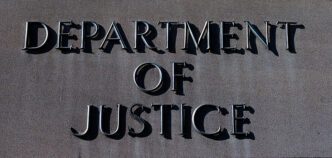The prospect of worker layoffs at the U.S. Consumer Financial Protection Bureau (CFPB) has been greenlit by an appeals court, marking a significant development within President Donald Trump’s administration. However, the court has rejected any efforts to dismantle the agency entirely. Established in response to the global financial crisis, the CFPB is tasked with overseeing and regulating the consumer finance sector. It has faced substantial criticism from Republican lawmakers, who argue that it operates without sufficient oversight and exceeds its legal scope.
Earlier this year, President Trump expressed a desire to eliminate the CFPB. In March, however, a federal judge intervened, preventing the administration and the Department of Government Efficiency, led by tech entrepreneur Elon Musk, from pursuing actions to dismantle the agency. This included proposed mass layoffs, contract terminations, office closures, and an agency-wide halt of operations.
The White House sought to overturn this preliminary injunction, but the appeals court has denied this request. While the court has allowed the administration to proceed with layoffs, it has upheld the injunction against implementing any work stoppages, whether through stop-work orders, administrative leave, or similar strategies.
The Implications of the Ruling
For employees of the CFPB and those who rely on its services, this ruling carries significant implications. By allowing layoffs, the decision could potentially reduce the agency’s capacity to effectively monitor the consumer finance sector. This might affect consumers across the country who depend on the bureau’s oversight to ensure fair practices within the financial industry.
Moreover, the ongoing debates about the CFPB’s future reflect broader political and economic tensions regarding regulatory oversight. The ruling may serve as a precedent for how government agencies can be restructured or downsized, affecting public sector employment stability. Citizens and industry stakeholders alike will need to navigate these changes and assess their long-term impact on consumer protection and financial regulations.






